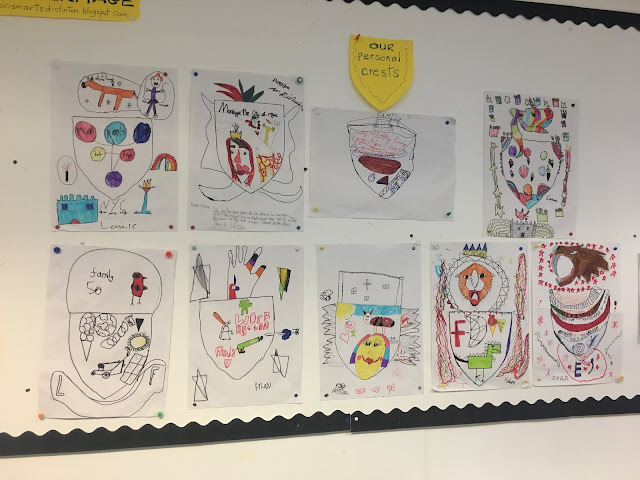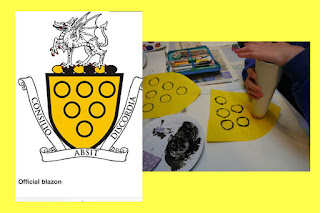David Ramshaw - Railways

On the 12th March, we met up with our friends from Creative Conversations group at Prism Arts for our second talk by David Ramshaw who told us how the railway system had developed and its part in the industrial development of Carlisle and Cumbria. We had a break half way through and learned a few verses and chorus from a song the weavers would have sang called Poverty, Poverty, Knock. This brilliant idea had been suggested by Ken from Creative Conversations and we all enjoyed joining in and singing along. After the talk, we looked at different types of railway engines throughout history, then after carefully colouring these in,we cut them out and combined these into our own collaborative 'railway station' which we called 'The Very Best Railway Station'. We all enjoyed lunch together before we left to return to school after a very enjoyable morning. We are all looking forward to our next visit when we shall be chatting through ideas for


